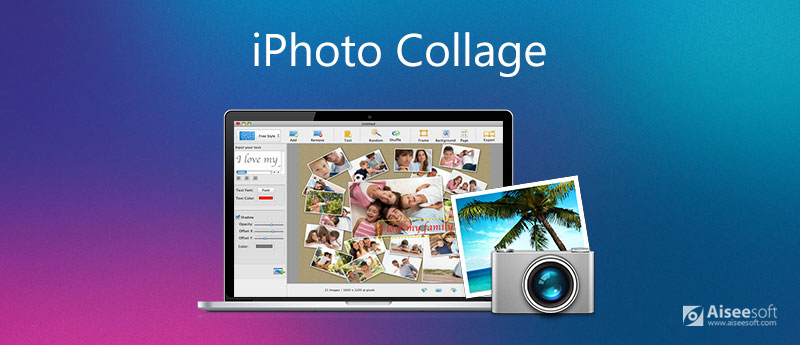


Select the iPad there, then click on the “Apps” tab.
IPHOTO IOS MAC
If you use this method, open up iTunes, then connect your iPad to your Mac - the iPad should show in the “Devices” section in the left hand pane in iTunes. ITunes: this option makes the photo available for copying via iTunes itself. Note that if this photo was originally synced from the Mac, this will not replace the existing photo in OS X iPhoto, so you will end up with an additional copy of that photo in your library. If you connect the iPad to your Mac, it will show up like a digital camera in iPhoto, and you can import the photo into iPhoto from there. This will give you a whole bunch of options - here are the ones that let you get the photos back onto your Mac:Ĭamera Roll: this will copy the selected photo into the Camera Roll album on your iPad, so it’s just like you had just taken that picture using the camera on your iPad. To copy photos out of iOS iPhoto, tap on the photo you want to work with, then tap the “share” icon (the little square with an arrow coming out of it) up at the top of the screen.
IPHOTO IOS HOW TO
iOS iPhoto does provide several options for how to do that, though. That of course raises the big question - once you’ve done a bunch of changes on the iPad, how exactly do you get those changes back to iPhoto on your Mac? Unfortunately, it doesn’t appear that these changes will sync automatically in any way, so if you want to move that stuff to the Mac, you must do so manually. Getting photos from iOS iPhoto to OS X iPhoto Similarly, if you edit a photo on the iPad, if you later copy that photo back to the Mac, you will only get the modified version of the photo, and not the original. So, if you’re viewing a photo on iOS that was edited on OS X, there is no way to revert to the original version of that photo on the iPad. If you have a photo in OS X iPhoto that you’ve made edits to, the modified version of the photo will be synced to your iPad, but the original version is not. This also applies to edits made on OS X versus those made on iOS. So, flags applied to photos on OS X will not show up in iOS, and vice versa. For example, iOS iPhoto does allow you to flag photos, hide photos, and give custom titles to photos (among other things), but those attributes are totally separate from the corresponding metadata on OS X iPhoto. However, it does not appear that other metadata from OS X iPhoto is displayed when viewing photos on iOS iPhoto. If you are syncing directly with an iPhoto library on your Mac (as opposed to syncing with a plain folder of photos), you will also be able to browse your photo albums and events as they appear in your OS X iPhoto library. So, if you sync your iPad with your Mac via iTunes, all the photos you sync from there will show up in iPhoto on iOS. IPhoto on iOS works directly on the photos that are stored in your photo library on your iPad, the same one you see in the Photos app and the Camera app. Getting photos from OS X iPhoto to iOS iPhoto Also, for simplicity sake I’m going to talk about the iPad, rather than using the clumsy term “iOS device” everywhere, but everything here applies to the iPhone as well.

Naming might be a bit confusing here, so I’m going to use the term “iOS iPhoto” for the version that runs on iPhones/iPads, and “OS X iPhoto” for the version that runs on Macs. I was naturally very curious to see how it worked, and how it interacted with the desktop version of iPhoto, and I thought I’d share what I found in my early explorations with it. Earlier today, along with The New iPad™, Apple introduced a new version of iPhoto that runs on both the iPad and the iPhone.


 0 kommentar(er)
0 kommentar(er)
